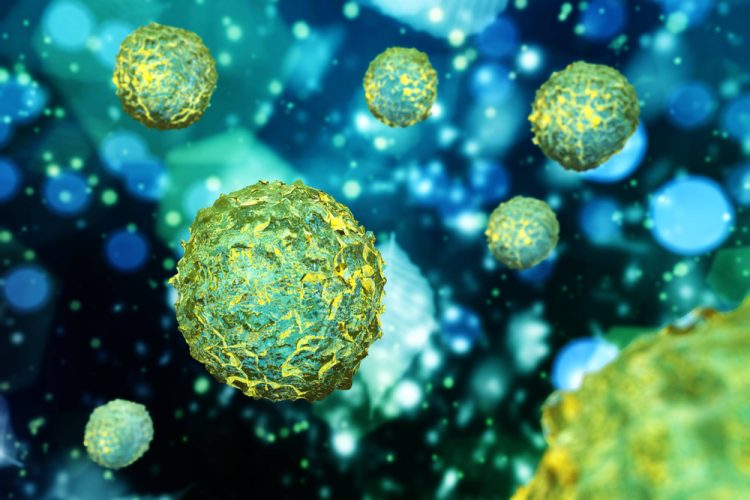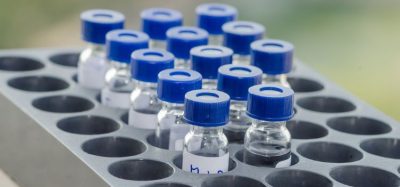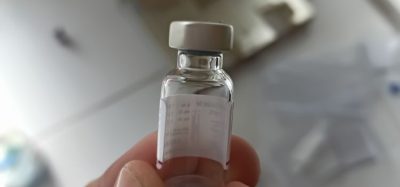Microneedle system developed to deliver mesenchymal stem cells
Posted: 11 June 2020 | Victoria Rees (European Pharmaceutical Review) | No comments yet
A group of researchers has developed a microneedle delivery system for mesenchymal stem cells, which showed success in mice skin wound models.


Researchers at the Terasaki Institute for Biomedical Innovation in Los Angeles and the University of California, Los Angeles (UCLA), both US, have developed a new minimally-invasive approach to potentially deliver mesenchymal stem cells (MSCs) to patients.
According to the researchers, MSCs can naturally replenish cell types that build bone, cartilage and adipose tissues. Their regenerative potential makes them exquisite candidates for cell-based therapies. However, clinicians often need to administer massive numbers of MSCs to reach sufficient numbers of cells that successfully engraft and remain functional over time.
To address this, the researchers created a technique which deploys an array of ‘microneedles’ that provide a bioactive depot of MSCs. By embedding MSCs in a gel-like material that prolongs their viability and functionality, and targets damaged tissues with high spatial precision, the researchers showed their approach accelerated wound healing in a mouse model with excised skin segments.
“Microneedles have been successfully used in the past to painlessly deliver drugs to target tissues such as skin, blood vessels and eyes. We demonstrate here with ‘Detachable Microneedle Depots’ that an analogous approach can deploy therapeutic cells at target sites,” said co-corresponding author Ali Khademhosseini, the Director and Chief Executive Officer of the Terasaki Institute.
The team investigated their microneedle concept in a mouse skin wound model in which a defined excision was made in the epidermal tissue layers. To strategically place individual microneedles within the wound bed, the researchers devised a simple and effective deployment mechanism by attaching an array of microneedles on a small strip of sellotape with the pointed ends facing away from the tape. Precisely positioning the tape with its patterned microneedle surface on the wound allowed the individual microneedles to penetrate into the wound bed. Then, the tape was peeled off, causing the microneedles to detach and remain embedded in the wound tissue.
“The concept would even be compatible with using patient-derived cells in more personalised device approaches,” said Khademhosseini.
The study was published in Advanced Functional Materials.
Related topics
Drug Delivery Systems, Drug Development, Research & Development (R&D), Stem Cells
Related organisations
Terasaki Institute for Biomedical Innovation in Los Angeles, University of California Los Angeles (UCLA)









